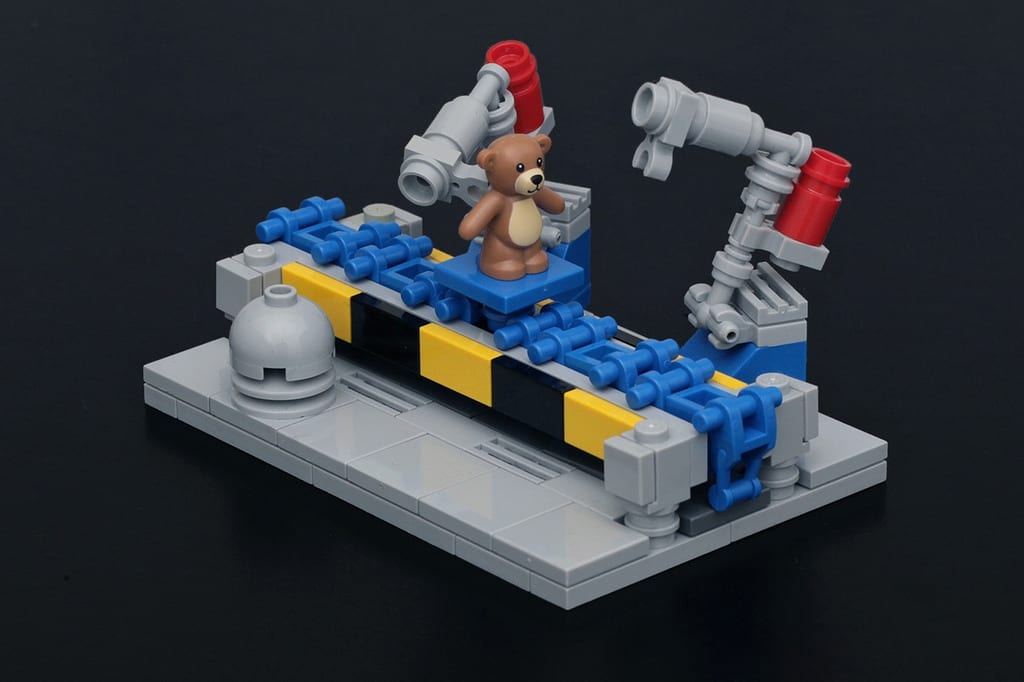Leading Your Team One Step At A Time
If you want to get far in business, one of the primary factors that you can’t afford to ignore is ensuring that your management team are as professional as possible. They are among your most important staff members, and it is vital that you hire people you think will succeed in leading your team in however they need to be led. Of course, there are always certain characteristics which you will need to look out for if you want your team to be led well, and it is worth looking into what those are. Let’s have a look at some of the more important qualities now, so that you can help to lead your teams as well as possible.
Photo courtesy of Pexels
Confidence To Lead
People will generally have a much easier time following someone if they appear to have the confidence to lead. This is something that you can’t really overlook when you are thinking of who should lead your teams. You probably don’t want to put in charge someone who is unable to display confidence in front of groups of people. However, it is also true that sometimes less confident people have better ideas. It seems fair to try and draw a balance, and not to immediately dismiss those who might not be strongly confident in comparison to others. Confidence, after all, is something which can be learned, and it is good to give people the chance to prove themselves. Sometimes, you find real gems this way, and it favors your business massively in the long run.
Cool Head In Emergencies
Being prepared for the worst is a good idea in business generally and in leaders in particular. No matter what happens, you need to be able to know that your management team will be able to properly deal with it. It is therefore a good idea to choose managers who appear to have a cool head, and who would continue to do so in an emergency situation. There are all kinds of emergencies which can crop up in business, and preparing for as many of them as possible always puts you in a good stead. You’ll find that your managers are more adept at remaining calm particularly if you have a number of good emergency procedures in place – get business insurance online, have a risk assessment done, coincide with all safety laws. This all helps, and your management will probably appreciate it.
Photo courtesy of Pexels
Easygoing Communication
The ability to communicate well with others is always going to be paramount for your management staff. When you can communicate strongly, it means that you are more likely to get things done properly and on time, and it also means that relationships in the working culture can be developed much more easily and fluently. Make sure your managers are all the kind of people that other can talk to easily – this really does make a world of difference when it comes to getting things done on a daily basis, and creating a positive working culture.








